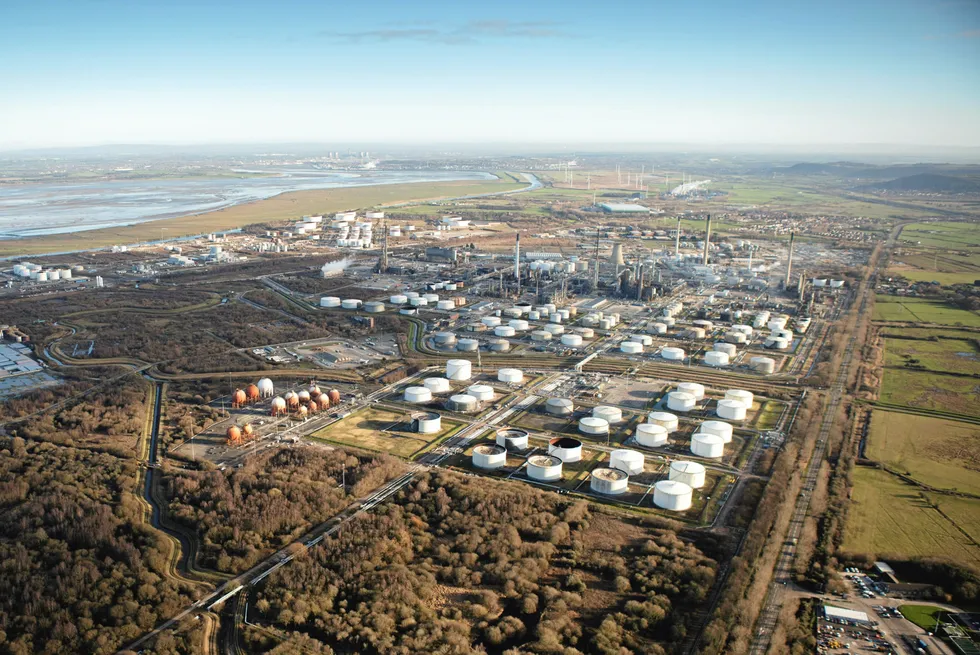Blue hydrogen plants must capture 95% of carbon emissions — unless they have a good reason not to, says UK regulator
System design must demonstrate almost total carbon capture rate from plants making H2 with fossil gas — but loophole suggests that producers can capture less if they have ‘justification’
